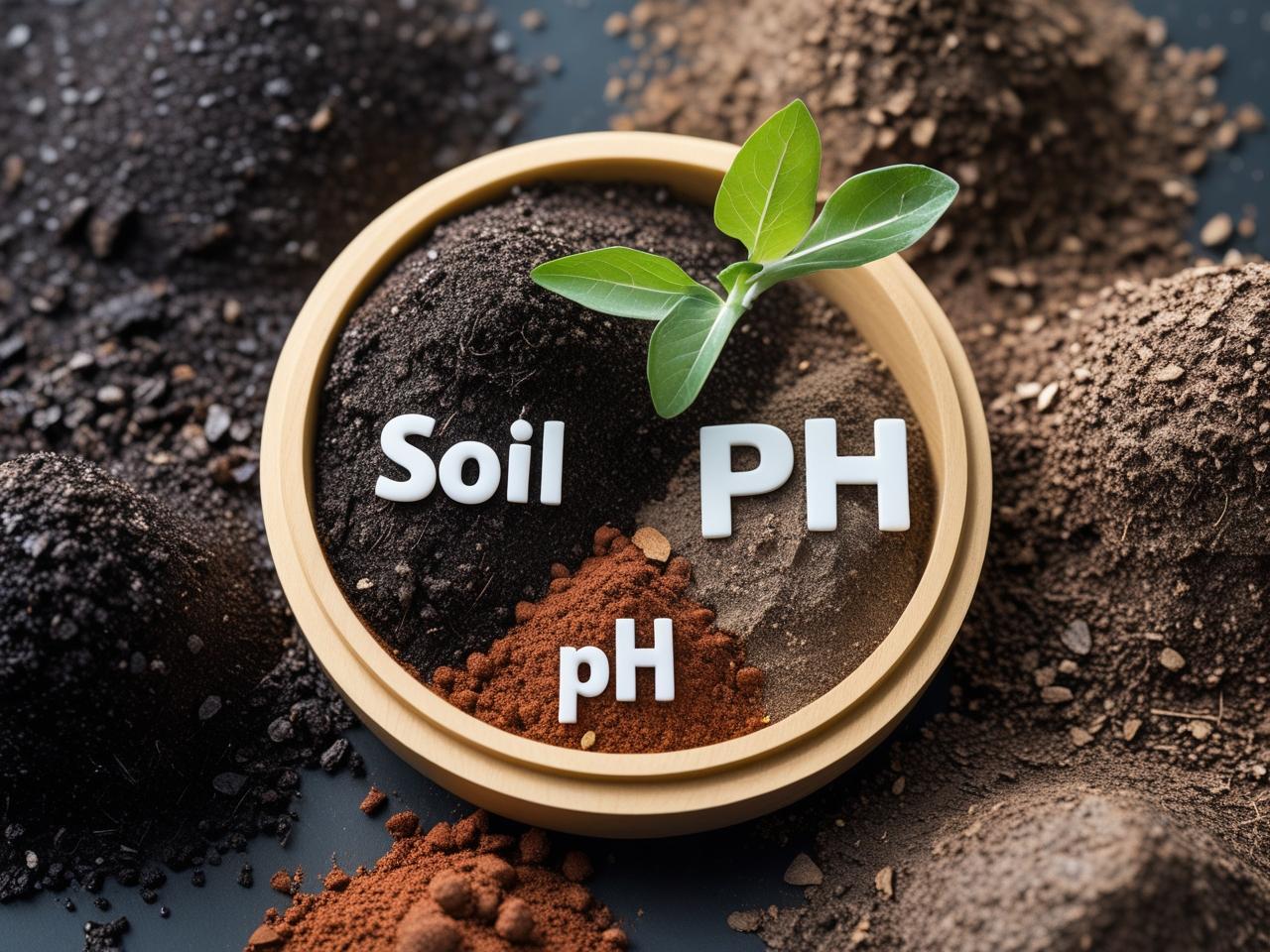Soil pH is a fundamental yet often overlooked aspect of gardening. It refers to how acidic or alkaline your soil is and directly influences plant health, nutrient availability, and microbial life. By understanding soil pH, you can tailor your garden to support vibrant plant growth, maximize yield, and prevent problems like nutrient deficiency or toxic buildup. This guide explores what soil pH is, how to test it, and why it matters for every gardener.
Understanding the pH Scale
The pH scale ranges from 0 to 14 and measures acidity or basicity. A pH of 7 is neutral—pure water, for example. Values below 7 indicate acidity, while above 7 indicate alkalinity.
Most garden plants thrive in soil with a pH between 6.0 and 7.0. That’s because key nutrients like nitrogen, phosphorus, and potassium are most available in this range. Outside this window, the chemistry of soil changes—nutrients can become locked away or even toxic.
The Impact of Soil pH on Nutrient Availability
Different nutrients are accessible to plants depending on soil pH. In strongly acidic soils (below 5.5), elements like aluminum and manganese become soluble at toxic levels, hampering root function. Meanwhile, essential nutrients like calcium, magnesium, and phosphorus become less available.
In alkaline soils (above 7.5), iron, manganese, boron, copper, and zinc become less available, causing deficiencies that show up as chlorosis (yellow leaves with green veins), stunted growth, or poor flowering.
An optimal pH ensures your plants get the nutrients they need without excess or deficiency.
How Soil pH Affects Microbial Life
Soil isn’t just composed of minerals and nutrients—it’s alive with bacteria and fungi that break down organic material and cycle nutrients. Organisms like nitrogen-fixing bacteria and mycorrhizal fungi thrive in slightly acidic to neutral soils.
Too acidic or alkaline conditions suppress these beneficial microbes, disrupting nutrient cycling and negatively affecting plant growth.
Why pH Matters for Specific Plant Types
Different plants prefer unique soil pH ranges. Here are some examples:
Azaleas, blueberries, gardenias, and rhododendrons grow best in acidic soil (pH 4.5–6.0). Lime-loving plants like lilacs, lavender, and clematis thrive in neutral to alkaline conditions (pH 7.0–7.5). Vegetables and annuals generally prefer 6.0–7.0. Lawns, roses, and tomatoes do well slightly acidic. By matching soil pH to your plant types, you create the best conditions for health and yield.
How to Test Soil pH Accurately
Testing is the first step toward pH management. You have several options:
Home test kits are affordable and provide an approximate pH reading. Digital meters offer more precise results but need frequent calibration. Professional soil labs offer detailed soil analysis, including pH and nutrient levels, and are ideal for large or food-producing gardens.
To take a sample, collect soil from different parts of your planting area, 4–6 inches deep. Mix the samples, dry them, and test accordingly. Even small variations in soil pH can greatly affect plant growth.
How to Adjust Acidic Soil
To raise pH (reduce acidity), gardeners typically add lime:
Finely ground agricultural lime (calcium carbonate) works slowly, improving soil over several months. Dolomitic lime also adds magnesium. Limestone flour or wood ashes are alternative options. Apply recommended rates based on test results, autumn being the ideal season to adjust pH because of cooler conditions and rainfall.
Organic matter like compost, aged manure, or leaf mold also helps buffer pH changes and improve overall soil health.
How to Adjust Alkaline Soil
If your soil is too alkaline, you can lower pH by adding sulfur (alum or elemental) or acidic organic matter. Peat moss or composted leaves also add acidity slowly. For container gardens, acidic mistakes are easier to correct since volumes are smaller.
Use material sparingly and retest soil every few months—pH changes happen slowly but consistently.
Managing Soil pH in Containers vs. Garden Beds
Containers are easier to manage. Start with a mix suited to your plants: acidic mixes for blueberries or ericaceous plants, neutral mixes for veggies, and sandy, well-draining mixes for succulents. Monitor pH periodically and refresh soil every 1–2 years.
Garden beds take longer to adjust. Incorporate amendments gradually and retest each season. Mulches and cover crops help stabilize pH.
Signs of pH-Related Problems in Plants
Unusual symptoms may indicate pH issues. Iron chlorosis (yellowing between veins on new leaves) is a classic sign of alkaline soil. Nutrient deficiencies also present as stunted growth, poor flowering, or deformed fruit. Soil testing confirms whether pH is the culprit.
Building a Long-Term Soil pH Strategy
Track pH trends in your garden with annual tests and careful soil management. Think strategically: plant sensitive species in raised beds with controlled soil, rotate cover crops to maintain organic matter, and use mulches and compost to buffer extremes.
Play long game: pH adjustment is a gradual process, but consistency yields healthy, productive soil and plants.
Myths and Misconceptions About Soil pH
One common myth is that adding coffee grounds or vinegar makes soil acidic quickly. In reality, such home remedies have minimal long-term effect and can introduce other problems. Proper testing, reliable amendments, and organic matter are far better practices.
When You Shouldn’t Adjust pH
If your plants are thriving and soil pH is slightly outside the “ideal” range, no action is necessary. Often, adjusting pH for a few specific plants (using containers or lime patches) is enough without overhauling the whole garden.
Final Thoughts
Soil pH is a powerful factor shaping how plants grow, what nutrients they can absorb, and how microbial communities thrive. Tweaking your soil for ideal pH ensures stronger plants, richer blooms, better flavor, and fewer issues. By testing, amending, and monitoring pH, you align your environment with nature’s design. Healthy soil is a gardener’s greatest asset—start with pH, and everything else will follow.

